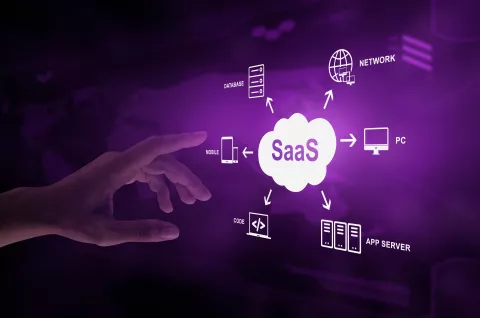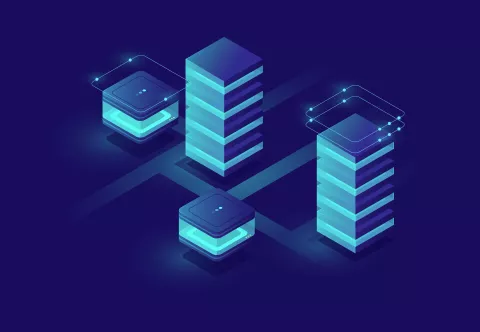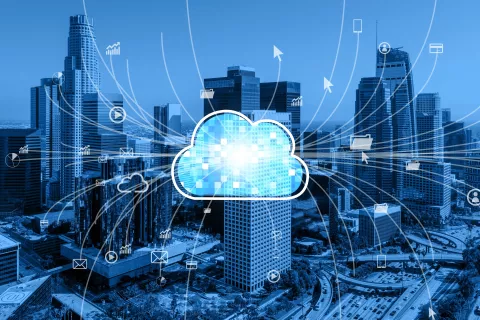In the world of Software as a Service (SaaS), multi-tenancy is one of the key concepts that makes cloud platforms efficient, scalable, and affordable. But what exactly does it mean — and why is it so important for modern software solutions?

What Is Multi-Tenant Architecture?
At its core, multi-tenancy means that a single instance of the software and its infrastructure serves multiple customers (tenants). Each tenant’s data is isolated and invisible to others, but they all share the same underlying resources — such as servers, databases, and application code.
Imagine an apartment building: each resident has their own private apartment (data and settings), but everyone shares the same building infrastructure (electricity, water, security). Similarly, in a multi-tenant SaaS platform, multiple organizations use the same application, while their information remains completely separate and secure.
Why Multi-Tenancy Matters
This architectural approach provides significant benefits for both SaaS providers and customers:
- Cost Efficiency — Shared resources mean reduced infrastructure and maintenance costs.
- Easy Updates — The provider can roll out updates or fixes once, and all tenants automatically benefit.
- Scalability — As new users or organizations join, they can be added without the need for separate installations.
- Consistent Performance — Resource allocation can be managed dynamically to ensure stable performance for all tenants.
- Simplified Management — Centralized control and monitoring make operations much more efficient.
How It Differs from Single-Tenant Systems
In a single-tenant setup, each customer has a dedicated version of the software and its own database. While this can offer greater customization or control, it’s more expensive to maintain and scale. Multi-tenancy, on the other hand, focuses on efficiency, automation, and shared innovation — ideal for fast-growing, cloud-based solutions.
Security and Data Isolation
A common concern about multi-tenant systems is data security. Modern SaaS providers address this through robust encryption, strict access controls, and tenant-level data isolation. This ensures that while tenants share the infrastructure, their data remains completely private and protected.
The Bottom Line
Multi-tenant architecture is the backbone of today’s SaaS revolution. It enables providers to deliver powerful, scalable, and cost-effective software while giving users continuous access to the latest features — without worrying about installations, updates, or maintenance.
In simple terms: multi-tenancy makes modern SaaS possible — powering everything from small business tools to global enterprise platforms.


